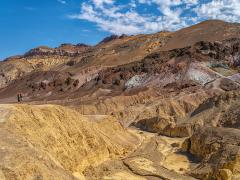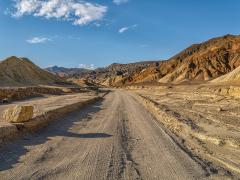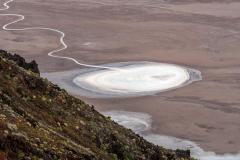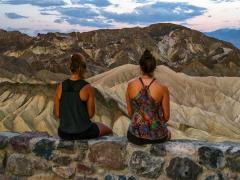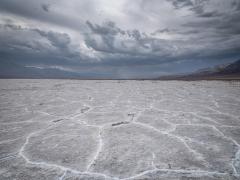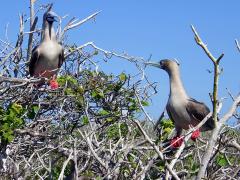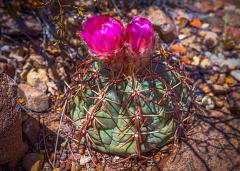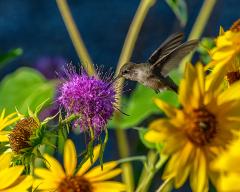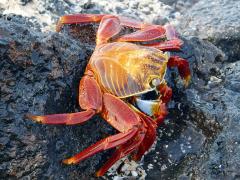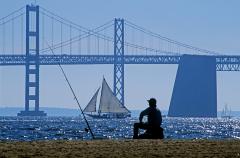Viewing Artists Palette, Death Valley National Park
"Tucked behind an unassuming yellow landscape, the rainbow of Artists Palette is the highlight along the Artists Drive Scenic Loop. Here, visitors marvel at an array of colors (red, orange, yellow, blue, pink, and green), splashed across the hills. These colors are from volcanic deposits rich in compounds such as iron oxides and chlorite, which creates a rainbow effect ... When visiting Artists Palette, allow approximately 30 minutes to detour from Badwater Road along the one-way Artists Drive Scenic Loop. The drive begins 8.5 miles (13.7 km) south of the Hwy 190/Badwater Rd.
- By Rebecca Latson - June 15th, 2023 3:00am

